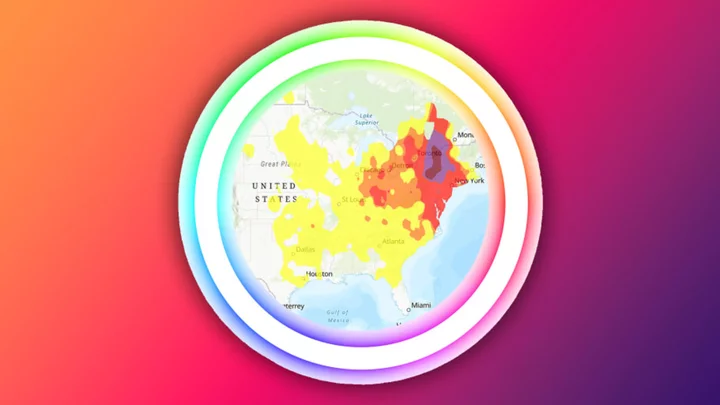For many Americans, summer essentially starts after Memorial Day weekend. The school year’s wrapping up, offices seem emptier, and jorts re-emerge from the depths of our closets. Yet the calendar says differently.
Technically, summer doesn’t start until the summer solstice, which falls on Wednesday, June 21 in 2023. It’s when most of us are already well into backyard barbecue season. But meteorologists define summer as the season running between June 1 and August 30. Why the disconnect?
What’s the difference between meteorological summer vs. astronomical summer?
There’s a difference between meteorological summer and astronomical summer, which is based on where the sun is positioned in relation to the Earth.
Over the course of the year, the Earth’s tilt means that one hemisphere is closer to the sun than its counterpart for several months at a time, marking the summer season. When the Northern Hemisphere is closer, from late June to late September, the northern part of the world experiences summer, while the Southern Hemisphere—which is tilted farther away from the sun—experiences winter. During summer months, the sun takes a longer path across the sky, resulting in longer daylight hours. The equinoxes mark the days where the ratio of day-to-night stands at exactly 12 hours each, because the sun is lined up with the equator.
Because Earth doesn’t take exactly 365 days to travel around the sun, the days that equinoxes and solstices fall on vary slightly year-to-year. Still, they typically take place around March 21 (spring equinox), June 21 (summer solstice), September 22 (autumnal equinox), and December 22 (winter solstice).
What are the meteorological seasons?
That variability makes it difficult to pin the seasons to calendar dates, so we have meteorological seasons. These are the times we normally think of as summer, fall, winter, and spring—the three-month chunks of time that correspond to the changes in the weather. Meteorological summer runs from June 1 to August 31, corresponding to how most people envision the season, running from about Memorial Day to about Labor Day. Fall goes from September 1 to November 30; winter from December 1 to February 28; and spring from March 1 to May 31.
The firm dates of meteorological seasons allow weather forecasters to better observe and predict weather patterns year-to-year, since they’re based on the annual temperature cycle, rather than the exact timing of the Earth’s orbit. Even if daylight hours aren’t yet at their peak in early June, temperatures are still more akin to summer than spring, so it makes sense to call it summer from a weather perspective. When it comes to compiling statistics on temperature and weather patterns for agricultural planning and business, working around the static calendar is a lot easier than trying to deal with the variability of the sun’s position in the sky.
So yes, even though summer doesn’t technically start until Wednesday, June 21 this year, you and your jorts were onto something after all.
A version of this story originally ran in 2017; it has been updated for 2023.
This article was originally published on www.mentalfloss.com as Why Meteorological and Astronomical Seasons Don’t Line Up.









